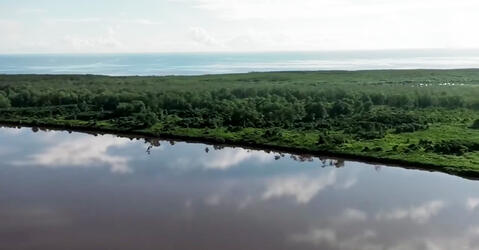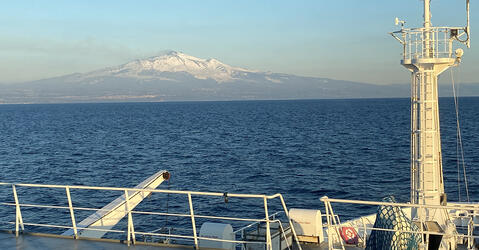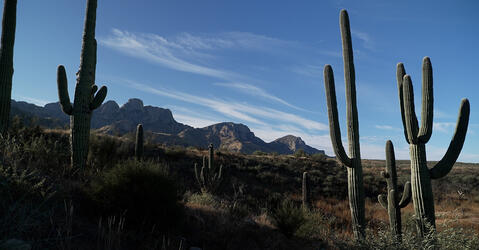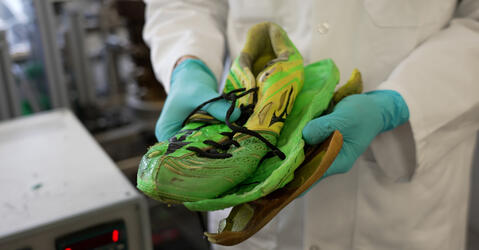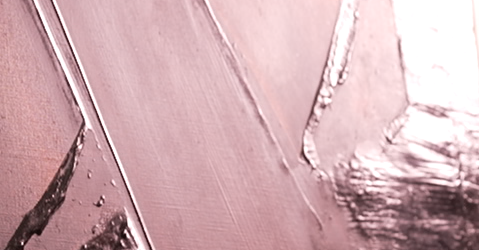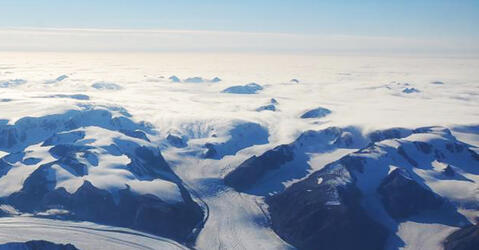You are here
Recent Videos
Each year, some 40 billion tonnes of CO₂, one of the main greenhouse gases, are released into the atmosphere. A significant proportion of these is captured by the oceans, vegetation and the soil....
Off the coast of the Sicilian town of Catania, an oceanographic mission studied the activity of North ALFEO, a submarine fault discovered only a decade ago. In partnership with the French daily...
The American Wild West, and especially Arizona, is not just cactuses, mountains and golden plains. Its dramatic landscapes are also audible. Anne Sourdril, a CNRS anthropologist, and her...
Whether trainers or batteries, some multilayered objects still resist recycling… not for very long. This report takes...
Like other paintings of the late 1950s, Soulages’ works are deteriorating. The paint comes off in some areas, becomes soft in others, or even drips. Using imaging techniques, a team of...
The Arctic is warming up four times faster than the rest of the world. The depressions that cross this region could partly explain this phenomenon. French scientists are taking a close look...



